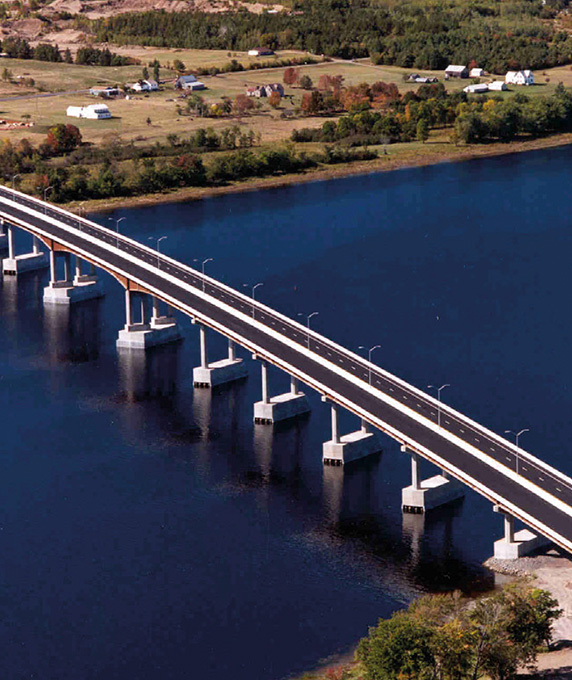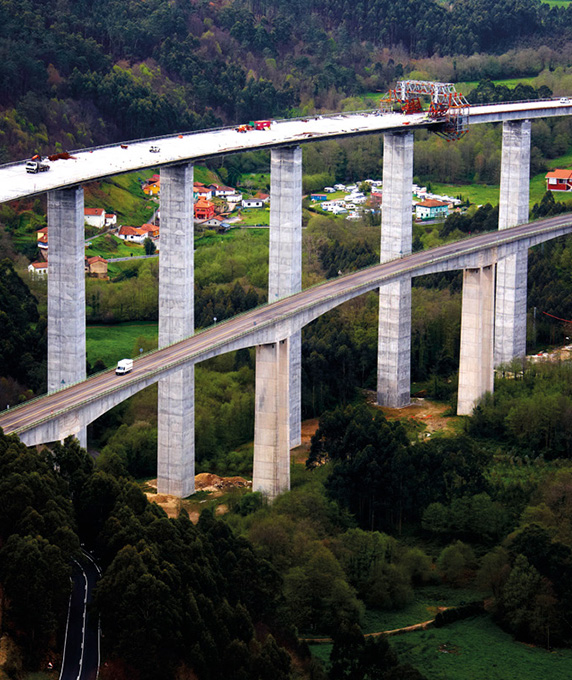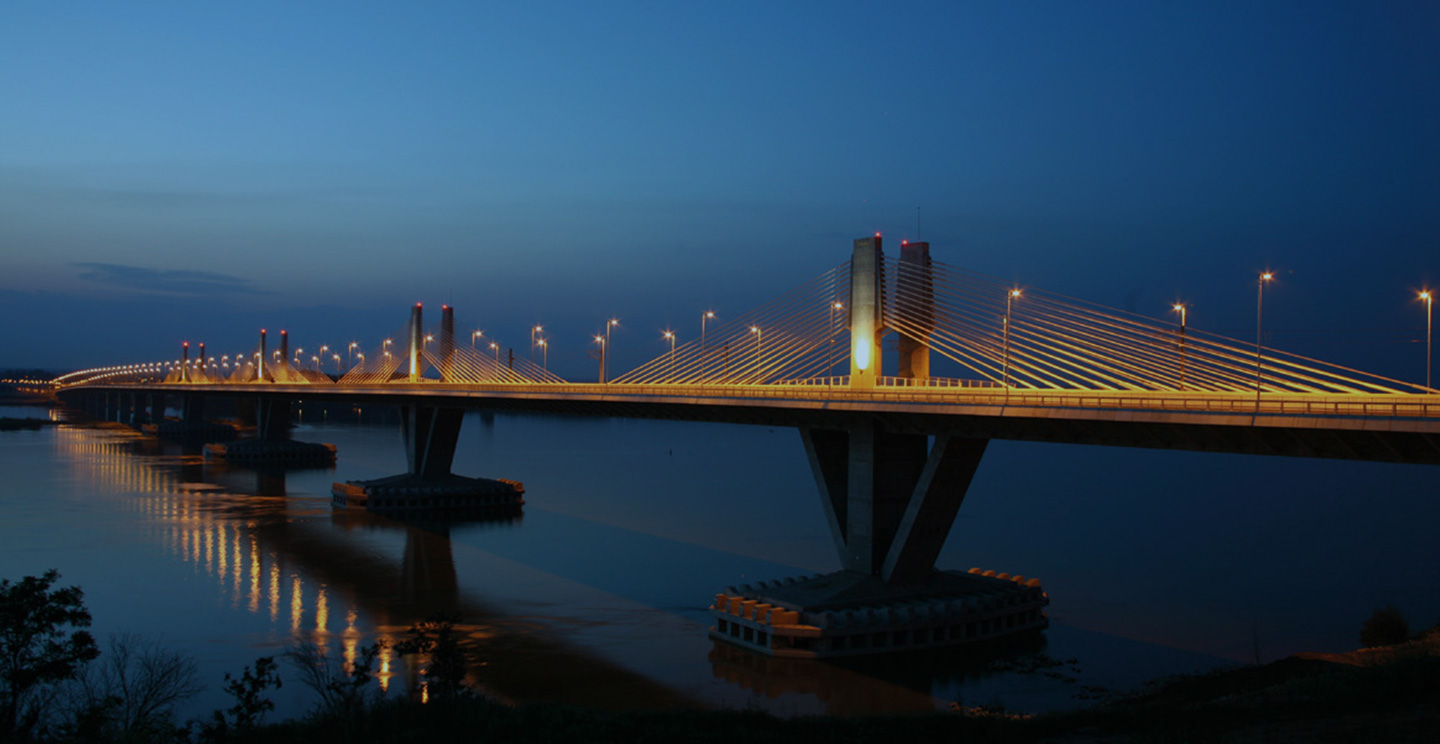
Type of work
Bridges
New Europe bridge
Bulgaria
1,791 m
total long
Vidin–Calafat Bridge and Accesses
Vidin–Calafat Bridge and Accesses
Description
This bridge is located on the frontier between Bulgaria and Rumania and is also known as the “Bridge over the River Danube”. This grand bridge complex was designed by the Spanish engineer Carlos Fernández Casado and the FCC Construcción Technical Services.
The new structure improves relations between the two countries and the people who wish to cross it can freely do so. It is an essential connection for the Bulgarian and Rumanian transport networks because it forms part of the Pan-European IV corridor, from Istanbul, of more than 2,000 kilometres.
The works consist of the construction of a 1,791-metre long combined bridge for both road and railway traffic. It includes four lanes for road circulation, a single-track electrified railway, a bicycle lane, two pavements for pedestrians and service, all of which are on a single deck.
The bridge consists of three clearly differentiated sections; the railway access viaduct on land is made up of thirteen 12-metre maximum-height piers, with twelve 40-metre long spans and one of 32 metres. The prefabricated voussoir bridge over the non-navigable channel is formed by eight piers of variable heights between 4 and 20 metres and seven 80-metre spans and one of 52 metres. The bridge over the navigable channel, also constructed of prefabricated voussoirs, is an extradosed structure of four pylons, with heights varying between 39 and 45 metres, on pile-capped slabs of five spans of 124, 180, 180, 180 and 115 metres.
The bridge accesses consist of nine kilometres of dual carriageway and seventeen kilometres of railway, with a single electrified track and industrial branches. Eight overpasses are included, two of 192 metres length and two pedestrian footbridges, together with the construction of a new international goods railway station and the reformation of the existing passenger station.
Three kilometres downstream from the bridge, a purpose-built prefabrication plant was constructed, where the voussoirs were manufactured for subsequent installation in the bridge. It was necessary to construct an access port to the river, including permanent high-tonnage lifting means to supply the materials for the navigable bridge zone and maritime means.

Second placefor the construction of Vidin-Calafat Bridge award (2013)
granted by The International Construction Economic Forum

The American Segmental Bridge Institute (ASBI) award for the construction of Vidin-Calafat Bridge (2014)

Global Award of Merit (2014)
granted by the Engineering News Record (ENR)
Highlights
- This is Bulgaria's largest project.
- More than 1,000 persons worked on the bridge, of which around three quarters were Bulgarians.
- The solution of combining the railway and the highway into a single structure was an idea proposed by FCC Construcción.
- It improves transport and connections between European countries and forms part of the Pan-European IV corridor between Germany and Turkey
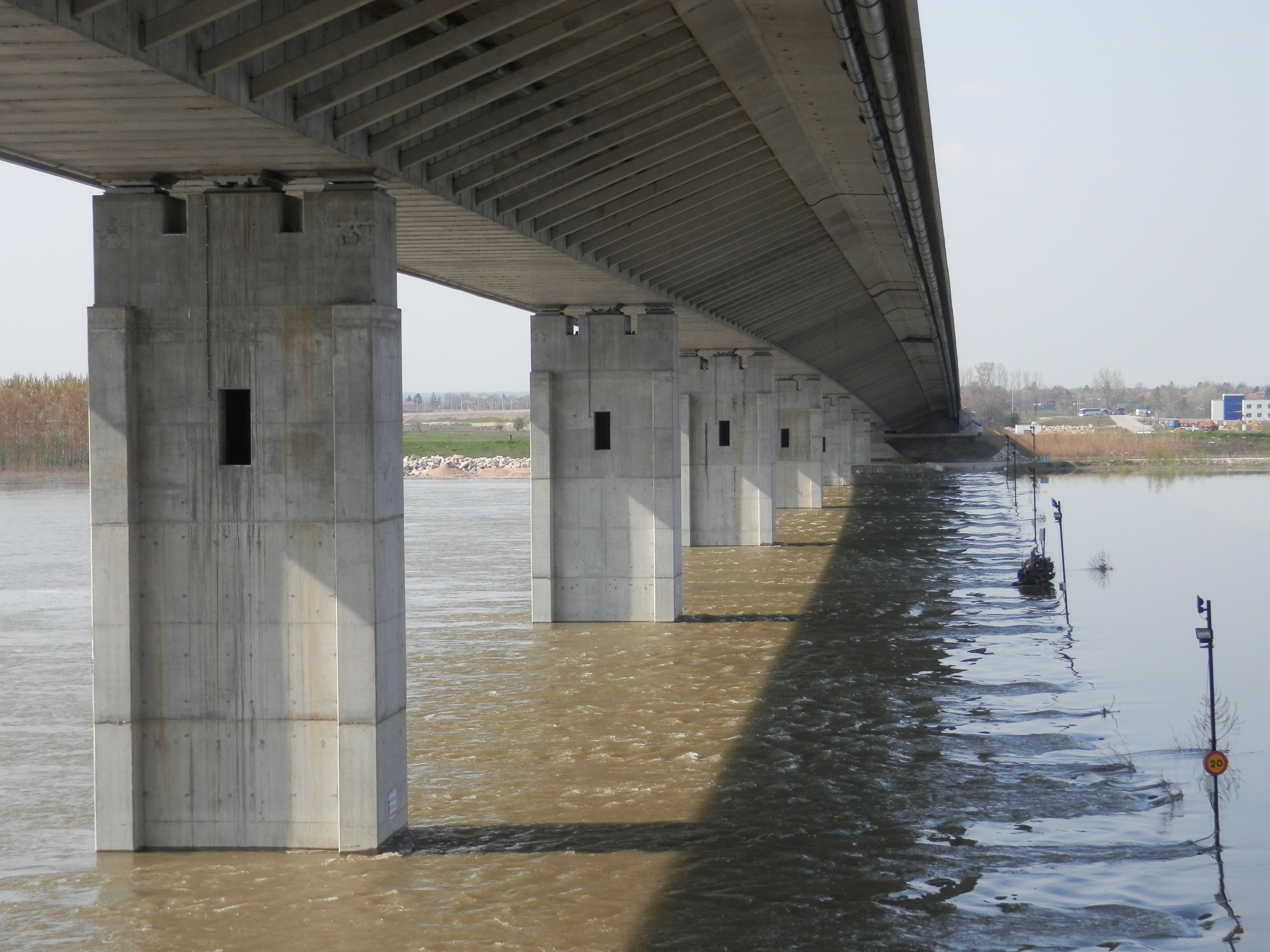
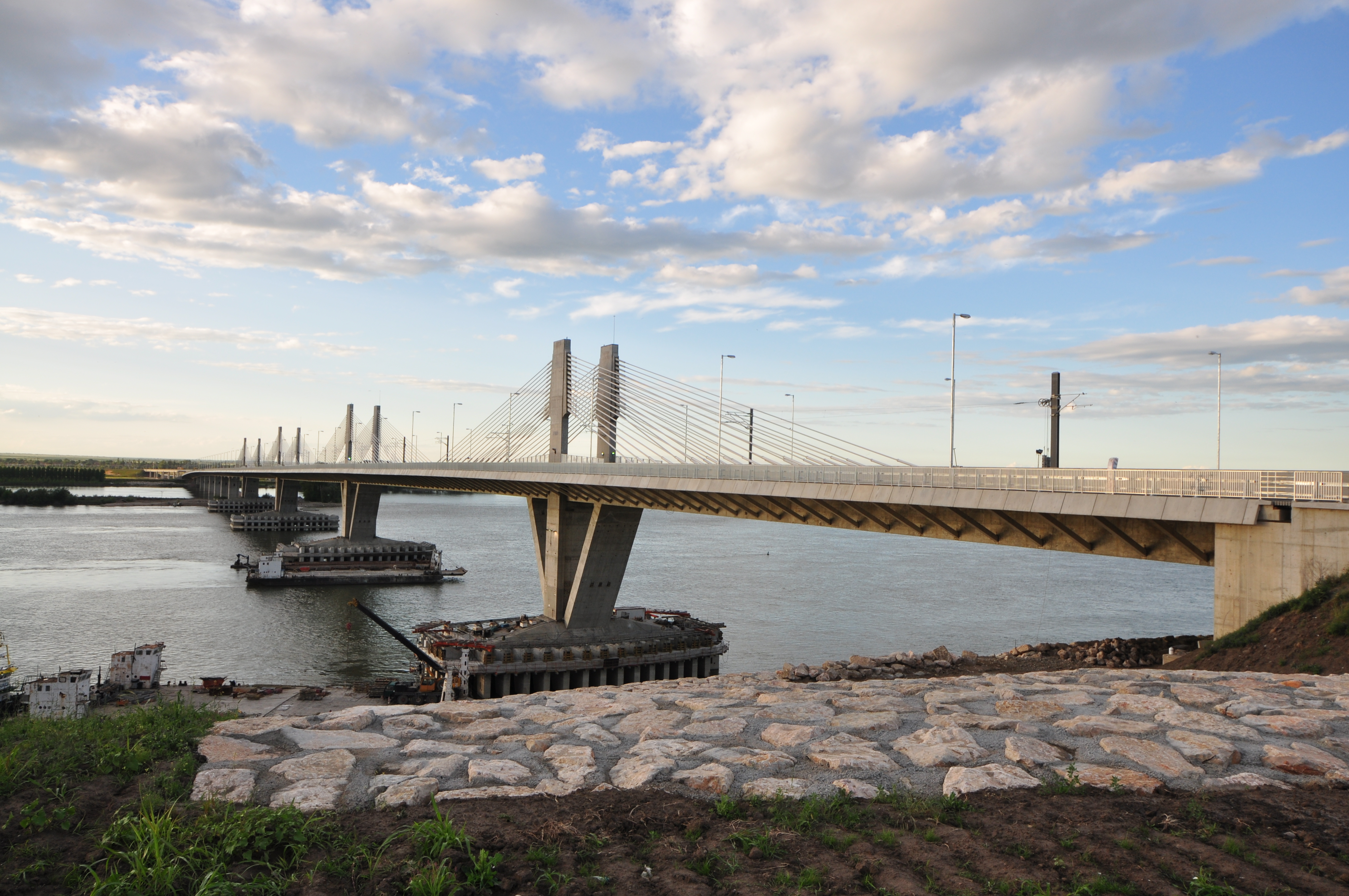
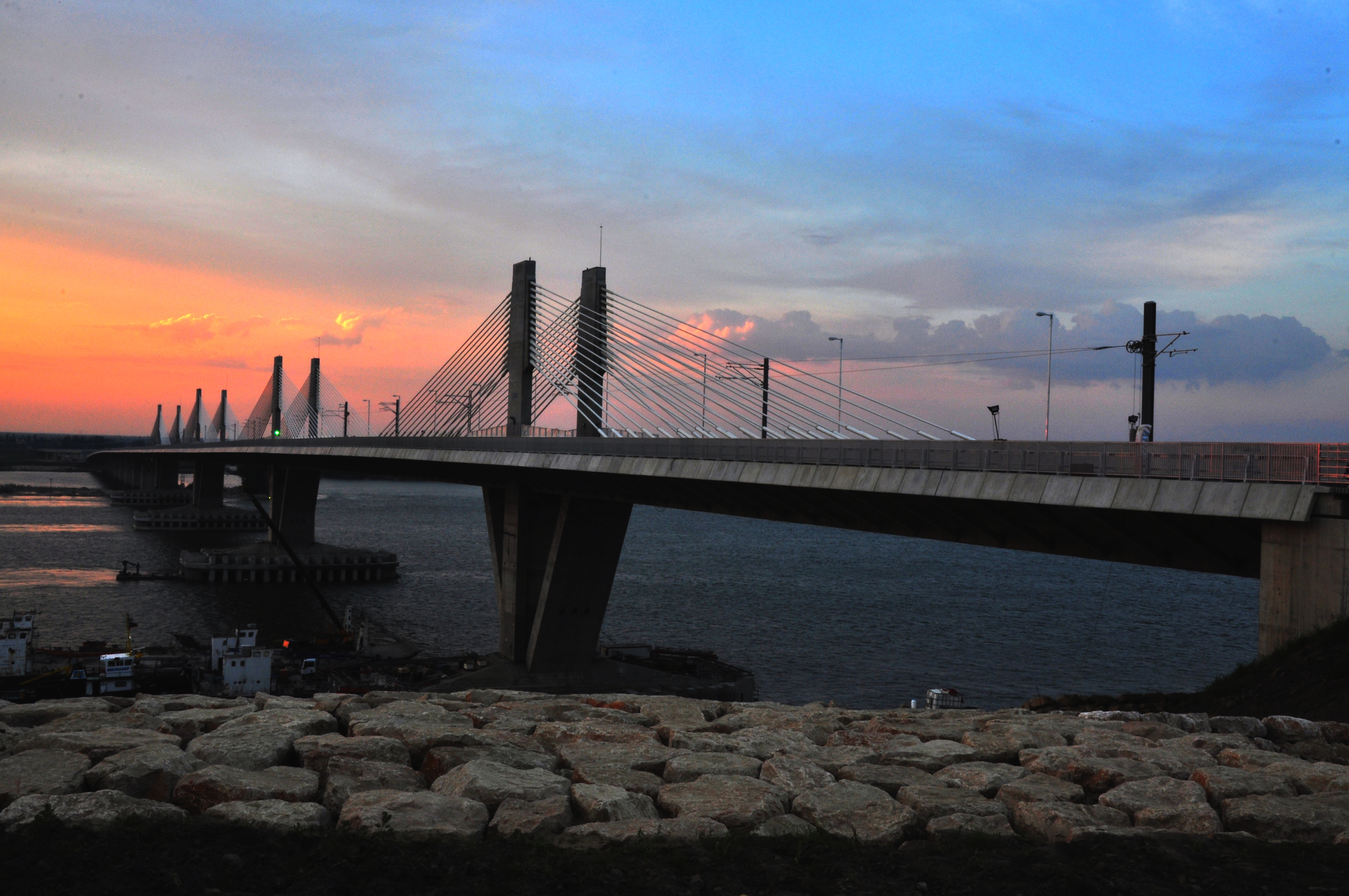
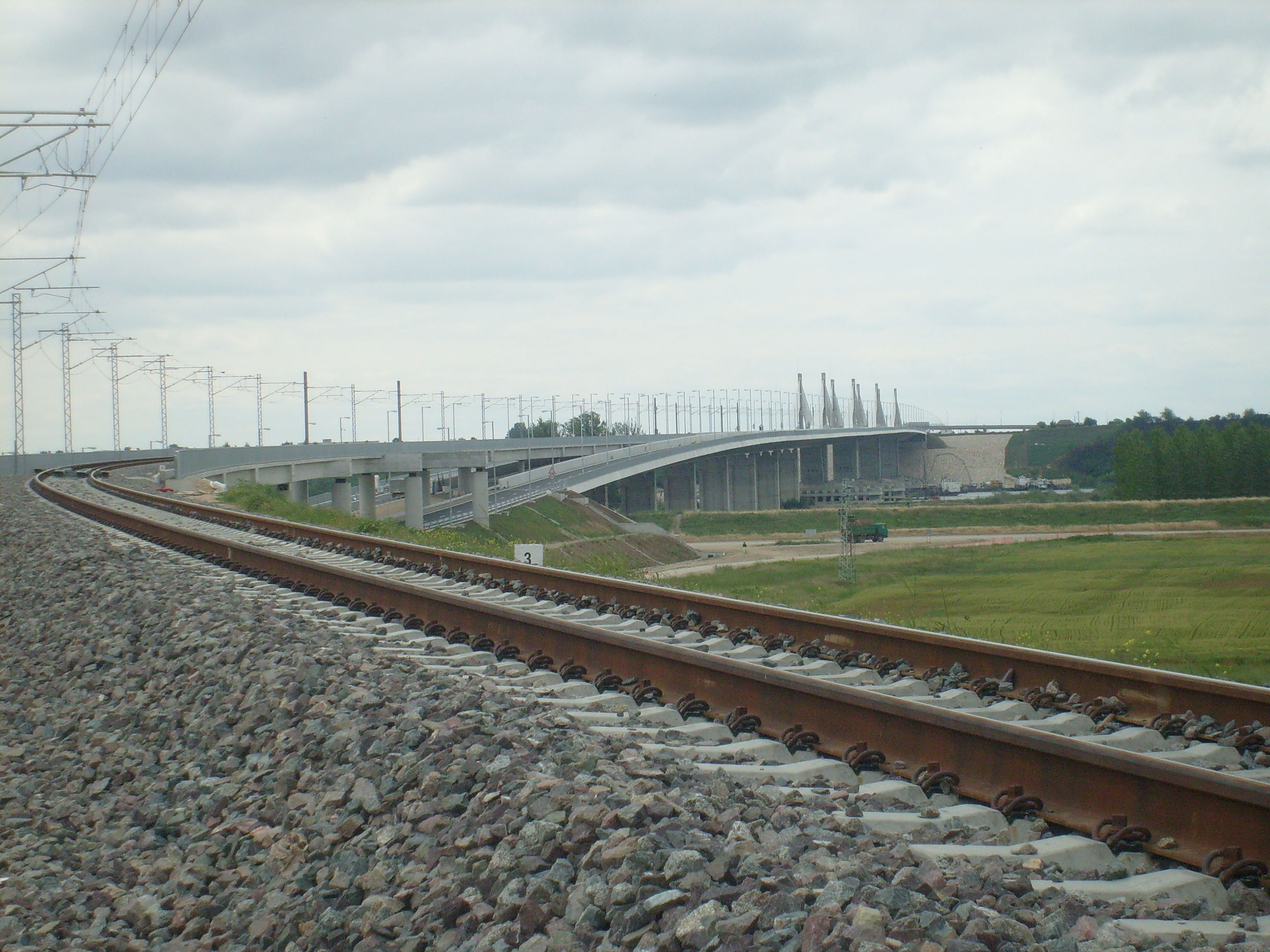
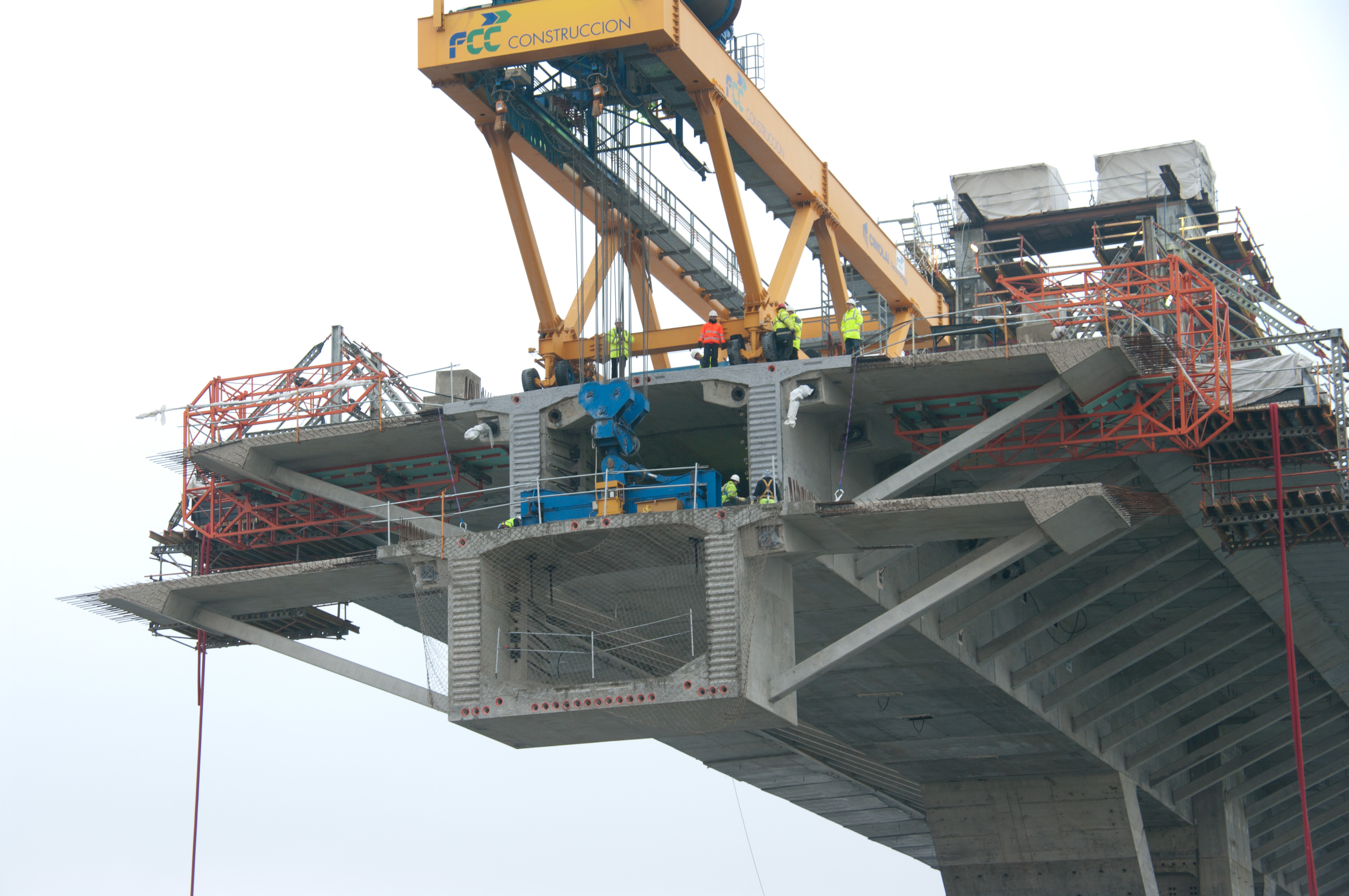
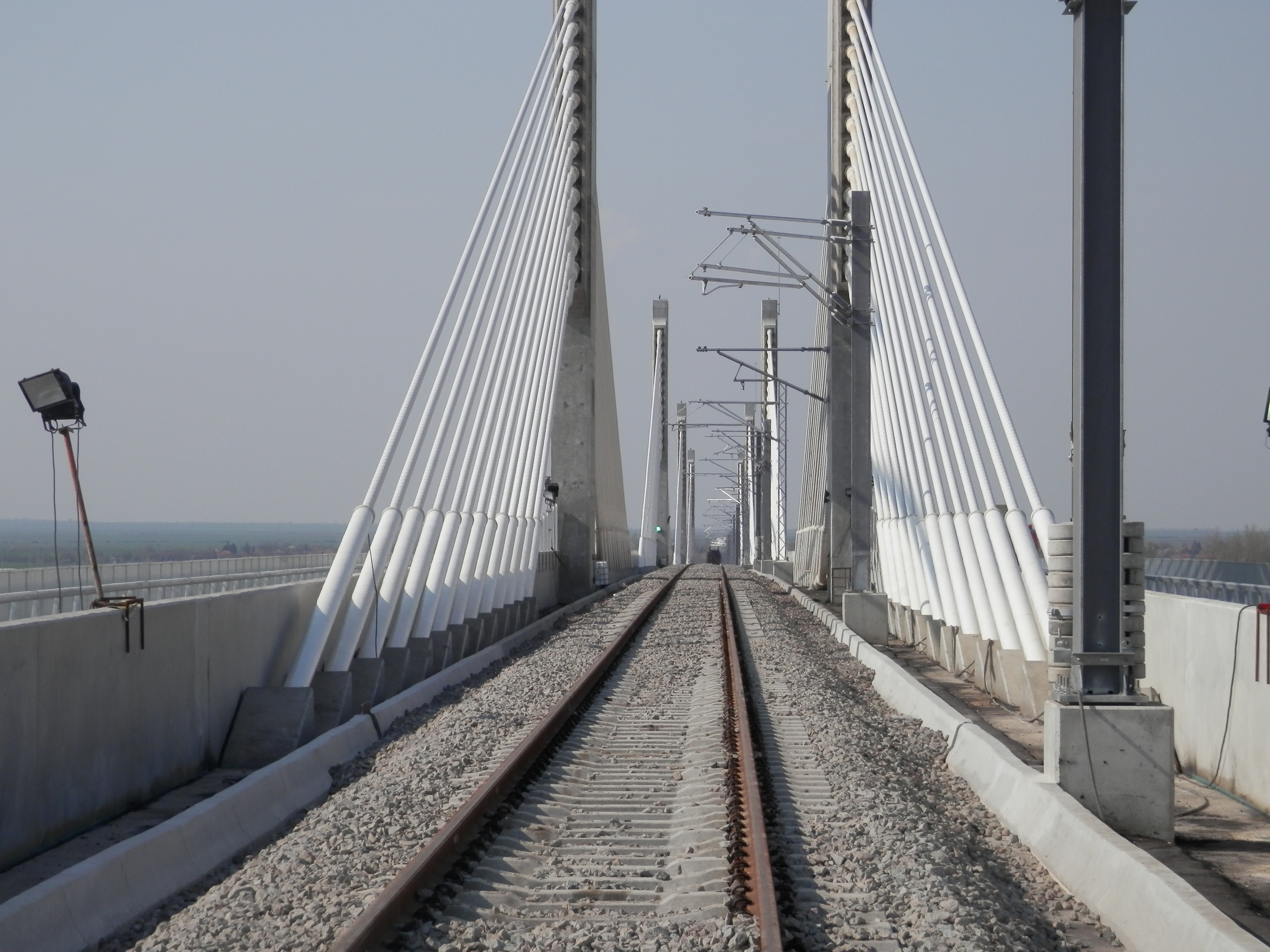
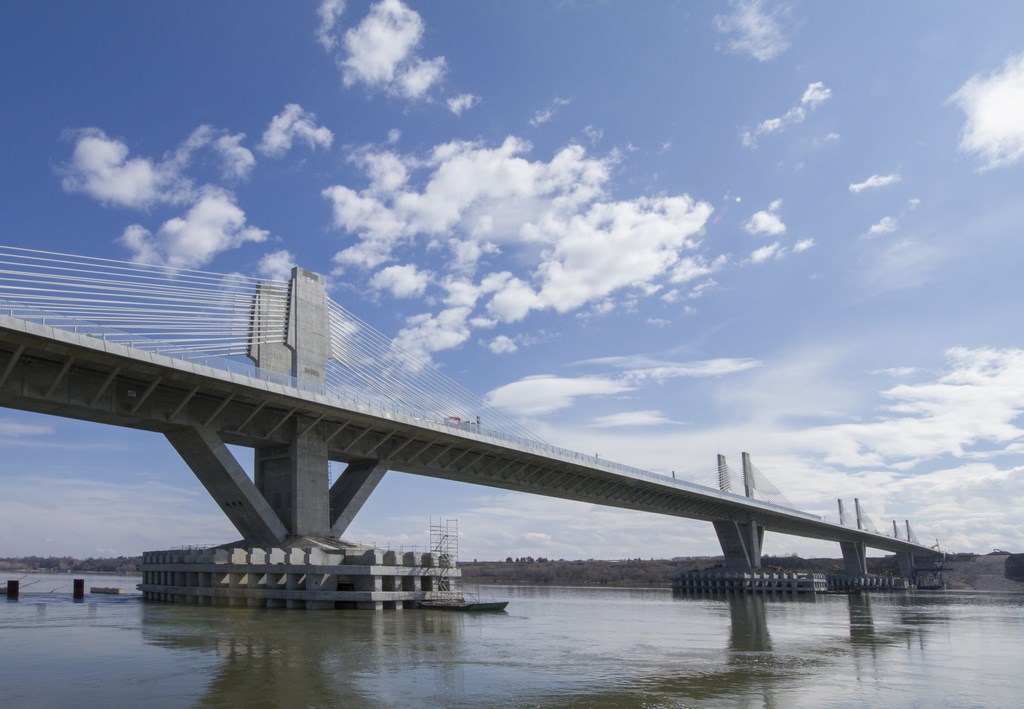

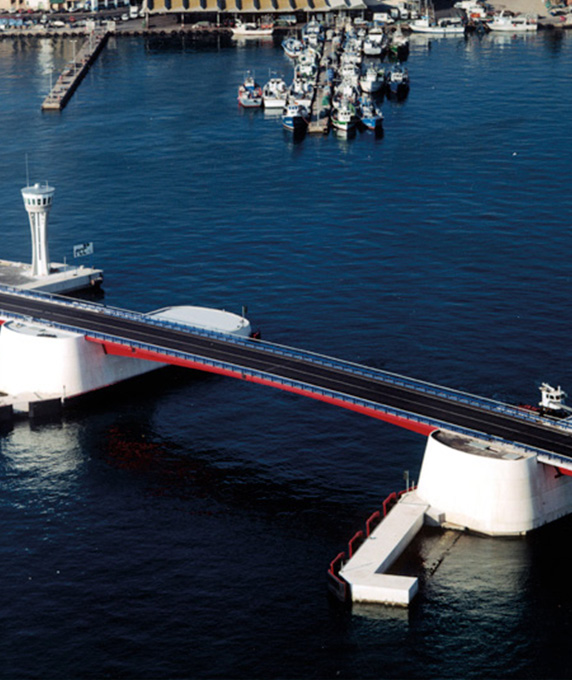
.jpg/e2bc9baf-a6b5-145f-0ee5-d819cdf0429d?1.0)

.jpg/97b9c0a6-a6d5-2f31-db41-fe610b059946?2.0)
